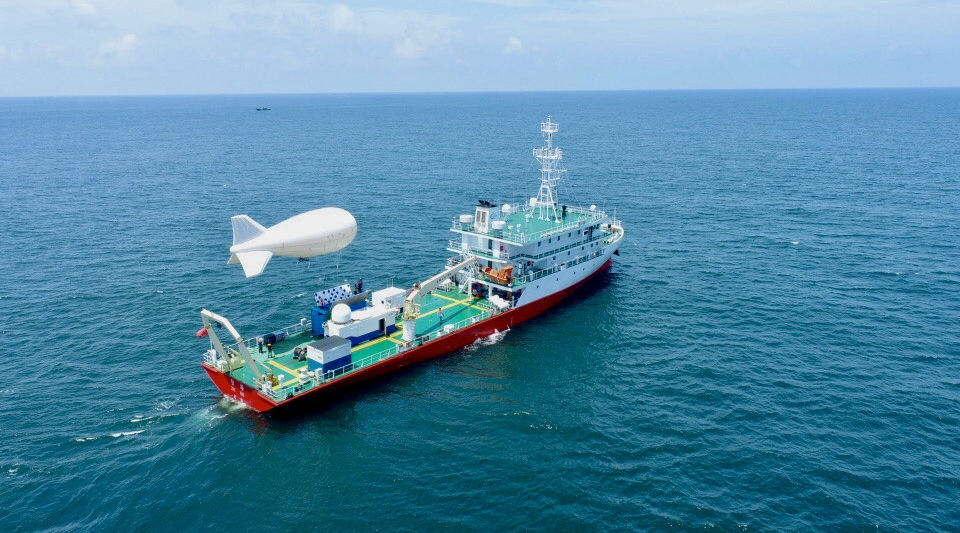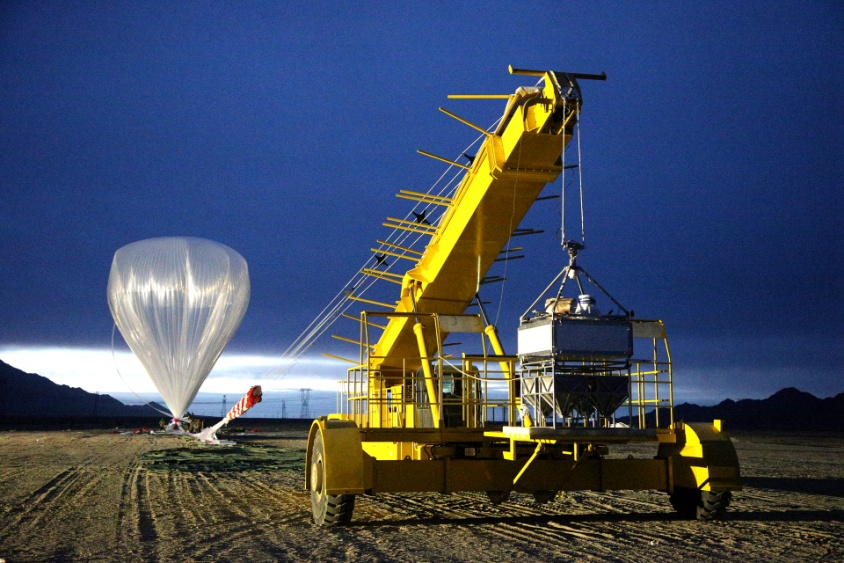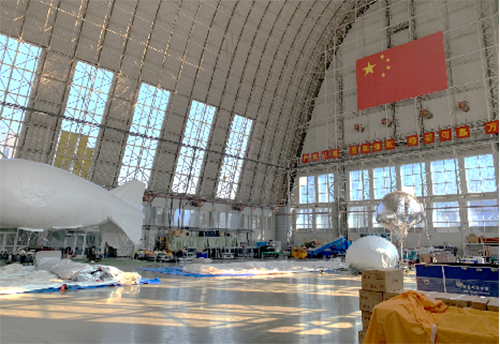
THE RUNDOWN
A suspected Chinese surveillance balloon has been spotted over the northwestern United States.
Based on comments from a senior defense official in a Pentagon press briefing, the government has been closely monitoring the balloon, and has evaluated that it does not pose a military or physical threat to people on the ground. The balloon’s path has crossed over multiple sensitive U.S. sites, including the missile silos of Montana.
China is well-versed in the testing and use of high-altitude, solar-powered balloons. While this is not the first incident of its kind, the specific characteristics of this balloon warrant special interest.
Pentagon Press Briefing
A press briefing was held on February 2nd to address the recent balloon sightings. Pentagon Press Secretary Brigadier General Pat Ryder and an unnamed senior defense official provided statements.
“I’m not going to go into all the ways in which we know that it’s a PRC balloon. I will just say we have very high confidence that this is a PRC balloon. Very high confidence,” commented the senior defense official.
This official also commented on the U.S. response to the event, saying that they have been in contact with PRC officials “with urgency through many channels.”
“We have communicated to them the seriousness with which we take this issue. But beyond that I’m not going to go into the content of the — of the message. But we have made clear we will do whatever is necessary to protect our people and our homeland. And so if the risk profile that I described earlier, if that changes we will have options to deal with this balloon.”
This is not an isolated incident. When asked whether this was the first surveillance balloon of its kind seen over the continental United States, the senior official responded.
“It has happened a handful of other times over the past few years, to include before this administration. It is appearing to hang out for a long period of time this time around, more persistent than in previous instances.”

While the balloon reportedly has, “limited additive value from an intelligence perspective”, it recently passed over Montana, which is home to many of the country’s nuclear missile silos. This has prompted many to call for the balloon to be shot down, which officials have recommended against.
“Why not shoot it down?” the senior defense official responds, “We have to do the risk-reward here. So the first question is does it pose a threat—physical kinetic threat to individuals in the United States or the U.S. Homeland. Our assessment is it does not.
“…we assess that the risk of downing it, even if the probability was low in a sparsely populated area of the debris falling and hurting somebody or damaging property that it wasn’t worth it and that was the recommendation of our military commanders.”
Various reports on Twitter describe the balloon as “massive“, even as wide as “three buses.” Officials declined to provide details confirming the size, saying “there have been reports of pilots seeing this thing, even though it’s pretty high up in the sky. So, you know, it’s sizable.”
The Capabilities of CAS
While the surveillance balloon in question today is not considered “revolutionary”, the altitude and duration of its flight are noteworthy. China is no stranger to the study and use of “high-altitude” or “near space” balloons.
For years, Chinese Academy of Science (CAS) researchers have been studying the use of the balloons for atmospheric testing. These researchers have published numerous journal articles and conference papers on the use of the balloons and solar power, as well as the high-powered optics they use on them.
CAS also has multiple patents for advanced communications systems for tethered balloons. They have been testing the use of balloons to launch satellites into orbit as an alternative to using costly rockets. While the isolated studies are not initially concerning, the holistic picture of all the studies together demonstrates that China is capable of building a high-altitude balloon which is capable of very advanced electronic and visual surveillance, and can stay airborne and active for long periods of time with the use of solar power.

THE TAKEAWAY
China has proved that it is ready to cross literal and figurative boundaries in the name of intelligence gathering. This recent incident could lead to further tensions between the United States and China, with Beijing increasing its efforts to collect intelligence from sensitive U.S. locations.
The government’s decision to release this information, revealing that these flights have been happening for years, is also noteworthy. As the U.S.-China relationship has become more adversarial in recent years, today’s briefing could be intended to further signal to China that the U.S. is willing to expose its invasive activities on American soil.
China may also see the U.S. decision not to engage with the high-altitude balloon as a vulnerability, leading them to more brazen attempts at aerial surveillance in the future.
